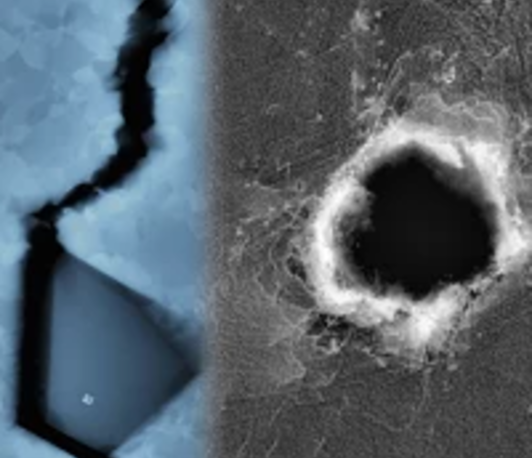Constant strain rate nanoindentation up to 10,000 s-1 for reliable extraction of mechanical properties and activation parameters
- Date: Mar 25, 2024
- Time: 11:00 AM - 12:00 PM (Local Time Germany)
- Speaker: Prof. Gaurav Mohanty
- Assistant Professor, Engineering Materials Science, Tampere University, 33101 Tampere, Finland
- Location: Max-Planck-Institut für Eisenforschung GmbH
- Room: Large Conference Room No. 203
- Host: on invitation of Dr. Jazmin Duarte and Prof. Gerhard Dehm

The use of nanoindentation-based techniques to study high strain rate deformation behavior of materials is of immense scientific interest because it enables investigating the strain rate dependence of individual grains and small-scale structures. While nanoindentation impact tests, capable of reaching high strain rates, have been used for over two decades, they suffer from lack of indentation profile control and rapidly varying strain rate during impact. This makes extraction of reliable mechanical properties, for e.g. hardness, and determination of the representative strain rate rather difficult. It is only recently that advances in nanoindentation instrumentation have enabled reaching constant strain rates > 100 s-1 in both micropillar compression [1] and indentation [2]. In this talk, I will present our progress in performing controlled, constant strain rate nanoindentation tests up to 104 s-1 for reliable extraction of mechanical properties and deformation activation parameters, particularly at high strain rates. Typically, high speeds and fast unloading rates excite the resonance of the nanoindenter, which affects the extracted hardness and modulus values. Novel experimental protocols and calibration procedures were developed to circumvent this issue, which will be discussed. Case studies of high strain rate nanoindentation testing on multiple material systems – single and ultrafine grained metals, amorphous glasses and polymers – will be presented. Deformation activation parameters, for e.g. activation volumes and strain rate sensitivity exponents, were successfully extracted at high strain rates to probe possible changes in the underlying deformation mechanism(s). It is hoped that this study will pave the way for routine high strain rate nanoindentation testing.